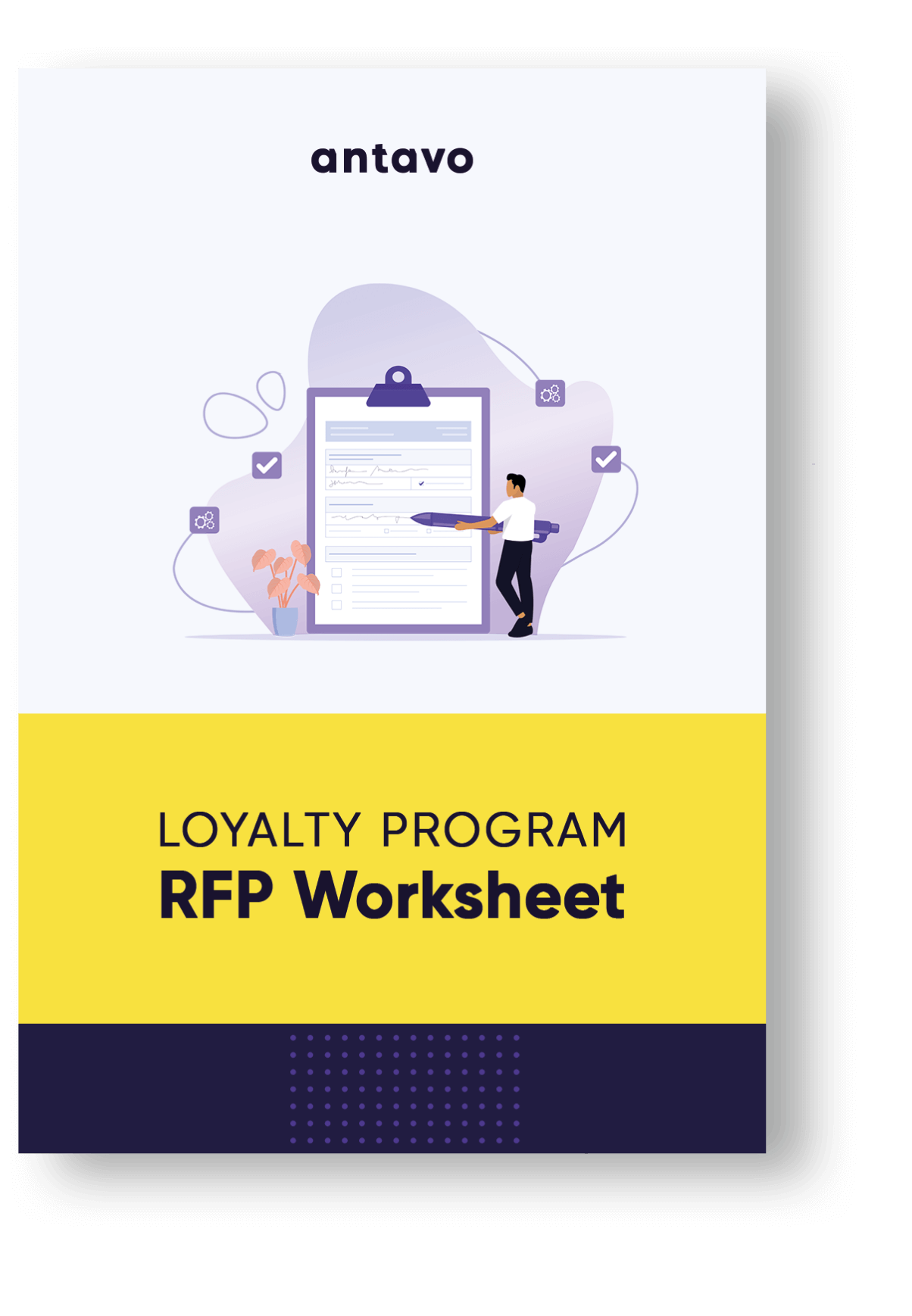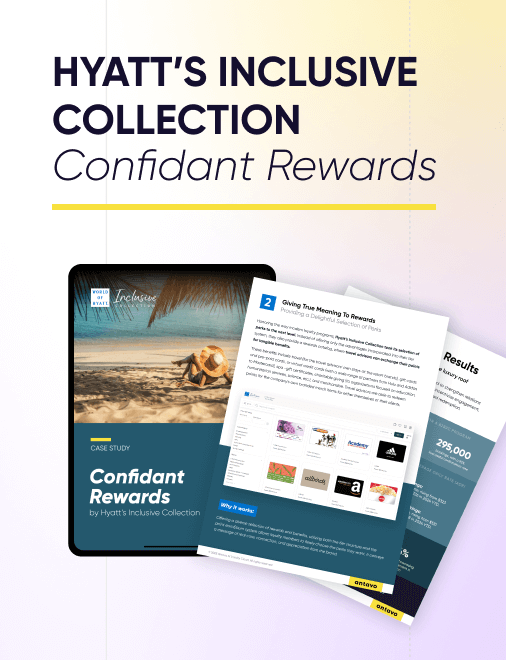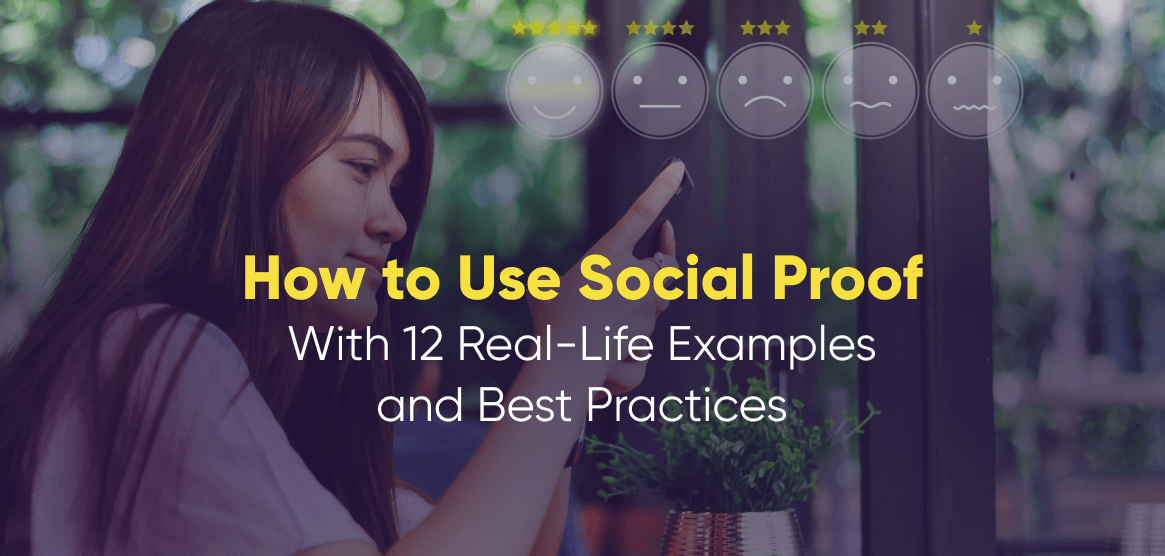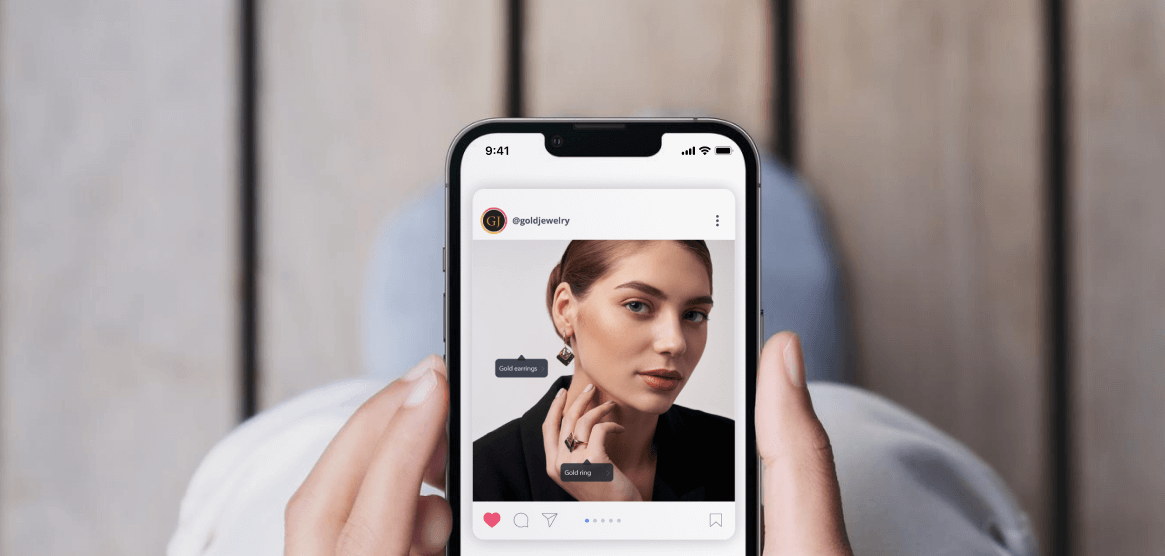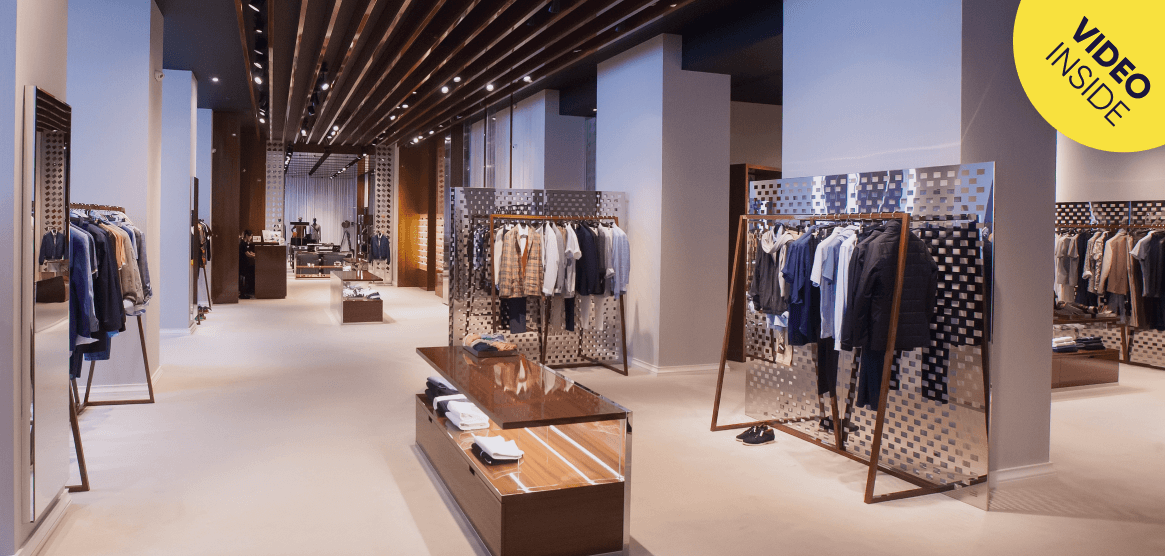Imagine you’re shopping for a new coffee machine. You’ve found three that you love, based on the pictures alone. One has over 600 reviews with an average rating of 4.7 stars. The second has 130 reviews and a 3 star rating. The third has no reviews. Which one do you buy? Of course, you’re drawn to the coffee machine with over 600 satisfied customers.
Why is this? Social proof, also known as social influence, is the psychological and social phenomenon that makes us imitate the actions of others in order to behave correctly.
Ok, that sounded pretty scientific, right? In fact, you experience social proof whenever you find yourself scrolling through Instagram looking at the latest fashion trends, or when you choose a busy clothing store over the quiet competitor next door.
You can also read our definitive guide to learn how a loyalty program can help you generate social proof.

What Is Social Proof?
Social proof is a psychological phenomenon that refers to people’s tendency to rely on the actions and opinions of others when making decisions, especially in uncertain or ambiguous situations. It plays a significant role in influencing customer loyalty in several ways:
- Trust and credibility: When customers see others positively engaging with a brand or expressing satisfaction, it creates a sense of reassurance and confidence, inevitably leading to increased trust.
- Validation and conformity: If customers see that a large number of people are using a particular product or service, they are more likely to perceive it as popular and desirable.
- Reduced decision-making uncertainty: Customers are often overwhelmed with choices, which makes decision-making a challenge. Social proof helps alleviate this uncertainty by providing a reference point.
- Emotional connection: When individuals identify with a community of like-minded people who share positive experiences and loyalty towards a brand, it fosters a sense of belonging and attachment. This emotional connection encourages customers to stay loyal and maintain a long-term relationship with the brand.
- Influencer marketing and UGC: When influential individuals or trusted peers endorse a product or share their experiences with it, their followers are more likely to follow suit.
How to Leverage Social Proof
Social proof isn’t a mysterious psychological tactic to persuade shoppers to choose your products or services. It’s a simple fact that shoppers use ratings and reviews, photos of other customers, and real-time trends to make purchase decisions.
That’s why online retailers put significant effort into encouraging customers to review their products; it serves as a powerful form of social proof that greatly boosts the number of people who make purchases.
Here are 12 ways you can take advantage of social proof, which I hope will inspire you to introduce it in your own business.
1. Encourage user-generated content
Sharing user-generated content is the perfect strategy for industries driven by visual trends. Loyal customers often become the brand’s best marketers by offering up the latest looks and styles on social media, inspiring their peers. Social feeds can increase click-throughs from emails and product listing pages by highlighting the latest trends. Photos of real customers increase engagement on product pages by helping shoppers imagine how they will look and feel when they wear your brand. This is a major win for customers who would ideally prefer trying an item before buying it.
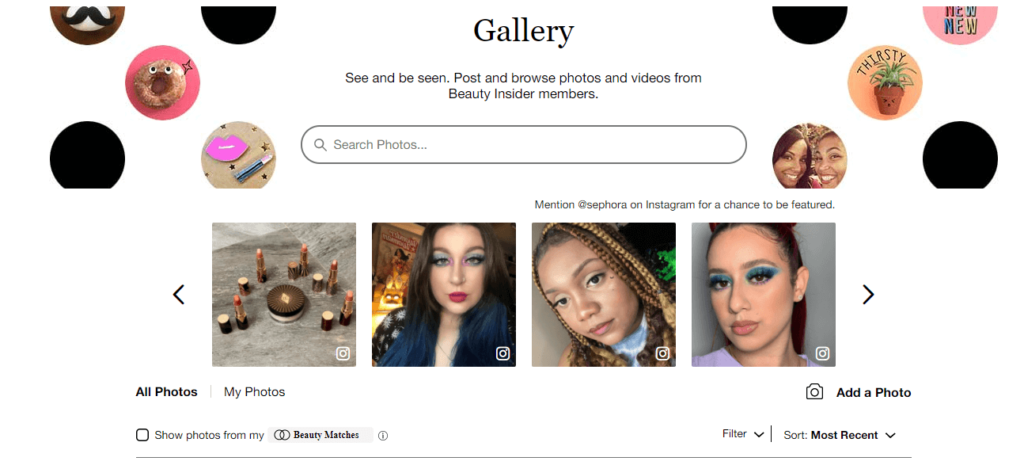
Best practice: User-generated reviews can help you to build brand awareness during the research stage. In fact, it’s one of the most effective ways to do so. Encourage your customers to share their photos by rewarding them with an extra discount on their next purchase.
2. Use popularity messaging
We desire items more when they are popular or scarce – a phenomenon known as fear of missing out (FOMO). Marketers can easily leverage this by using real-time stock levels that let shoppers know when an item is running out. A similar result can be achieved by showing how often an item has been purchased or viewed recently. This simultaneously taps into consumers’ FOMO (“What if the product sells out before I have a chance to buy it?”) and the desire to follow a consensus (“Other people are buying it, so it must be good!”).
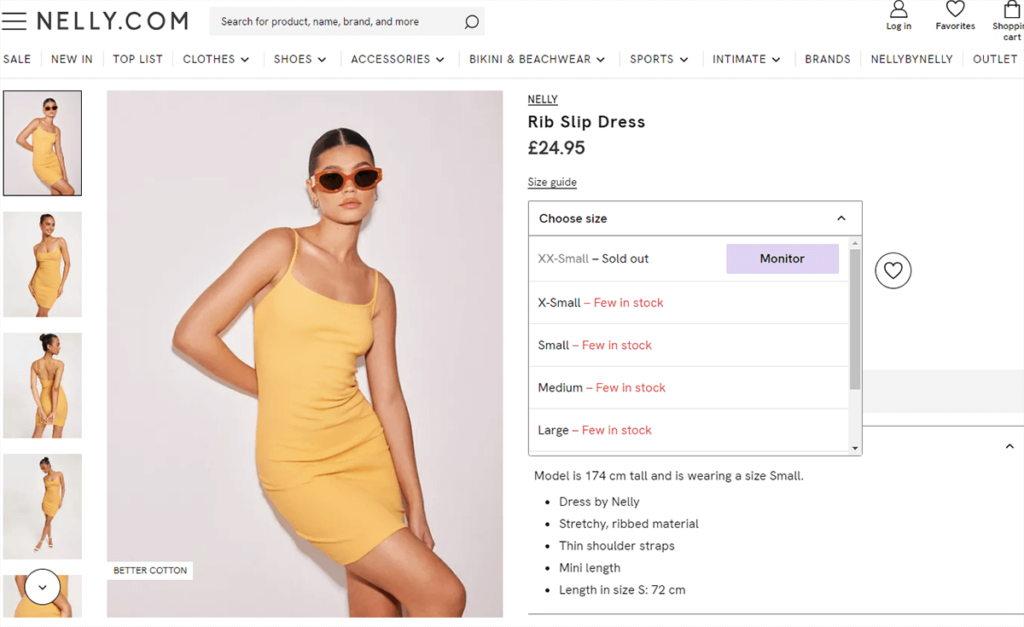
Best practice: Make sure your product or service is positioned as limited in quantity or available for a limited time, in order to enhance the fear of missing out.
3. Share ratings and reviews
For shoppers, customer ratings and reviews are an indispensable part of the purchase process. 95% of consumers read online reviews before they shop, while more than half find star ratings useful. Only product details and shipping information were ranked as more useful. A variety of platforms are available to help brands collect authentic ratings and reviews from confirmed purchasers. This is a great way to stay on a shopper’s radar and boost loyalty by showing that you value their feedback.
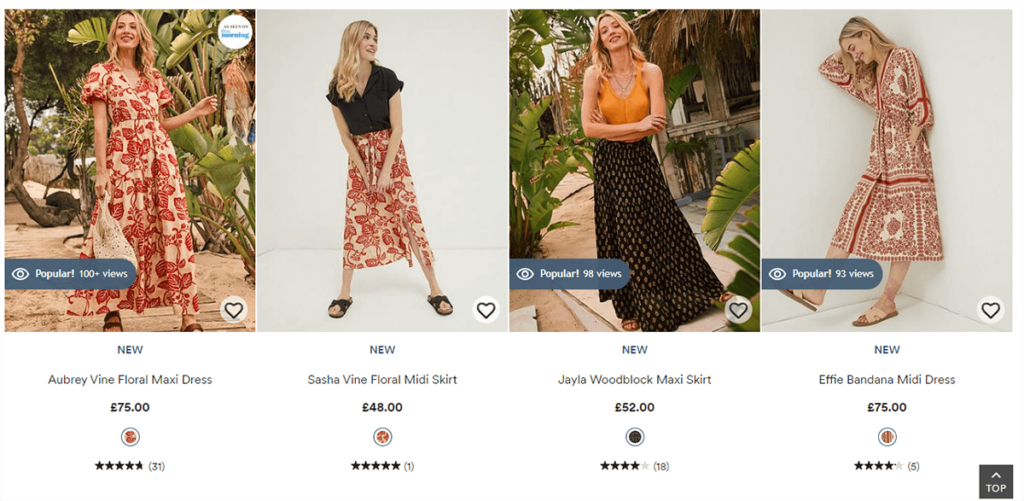
Best practice: Once you collect ratings and reviews, you can use them in email and web content to encourage engagement at each stage of the customer journey.
4. Collect testimonials
Testimonials are a form of social proof, where satisfied customers share their positive experiences with a product or service. By showcasing testimonials, brands build trust and credibility, with the goal of encouraging potential customers to make a purchase. Customer feedback is a vote of confidence in the product’s value. All kinds of testimonials have the same impact, they create positive feedback from actual users. By showcasing these testimonials, brands aim to build trust and credibility, ultimately encouraging potential customers to make a purchase.

Best practice: Feature customer testimonials in your ad campaigns and highlight how your product or service has improved your customers’ lives and productivity.
5. Create case studies
One great way to showcase satisfied customers is by writing a case study about their experience with your business. Case studies are especially effective if your company offers marketing B2B software or agency services, etc. Case studies are great social proof because they provide detailed and specific examples of how a product or service has benefited real customers. They provide information about the customer’s situation, the challenges they faced, and how the product or service helped them overcome those challenges. This tangible evidence makes the claims more believable and relatable.
Best practice: Feature customer testimonials in your ad campaigns and highlight how your product or service has improved your customers’ lives and productivity.
6. Leverage existing customers and clients
When potential customers see that existing customers and clients are willing to publicly endorse a product or service, it instills trust and credibility. It signals that real people have had positive experiences and are willing to vouch for the quality and value of the offering.
Existing customers and clients can also serve as relatable figures for potential customers. They may share similar needs, challenges, or goals, and seeing others with similar profiles benefiting from the product or service can help prospects relate to the success stories. This relatability encourages potential customers to believe that they, too, can achieve similar outcomes.
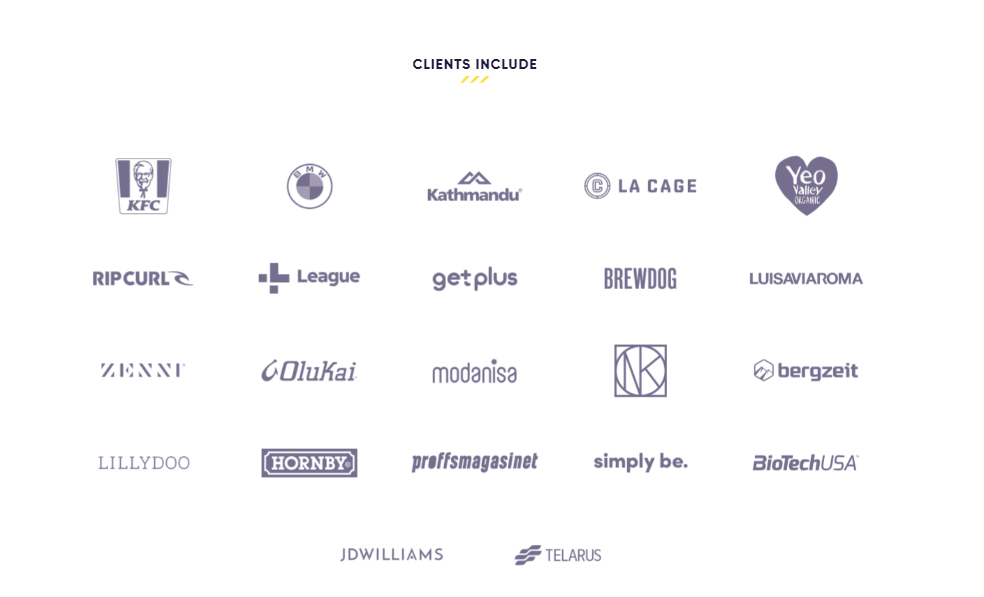
Best practice: Make sure to encourage word-of-mouth by highlighting satisfied customers’ positive experiences not only on your website, but your social media platforms as well.
7. Encourage influencer marketing campaigns
People follow influencers because they like seeing what kinds of products and services these content creators wear, use and love. Influencers have built a loyal following and established trust with their audience. When an influencer promotes a product or service, their followers perceive it as a genuine recommendation from someone they trust. The influencer’s credibility transfers to the brand, making the social proof more convincing and increasing the likelihood of potential customers trusting and considering the endorsed product.

Best practice: Through captivating storytelling, influencers can effectively convey the benefits and value of the product. Encourage influencers to promote your product and raise brand awareness by offering various incentives, like extra discounts or invitations to special events.
8. Backing it up with metrics
Data and numbers provide objective evidence of a product or service’s success. They offer measurable results and outcomes that are difficult to dispute. When potential customers see concrete data indicating positive outcomes, it adds credibility to the social proof and enhances their trust in the product or service. Metrics quantify the impact or results achieved by previous customers or users, making the social proof more tangible and relatable. Specific numbers help potential customers understand the potential benefits or value they can expect.
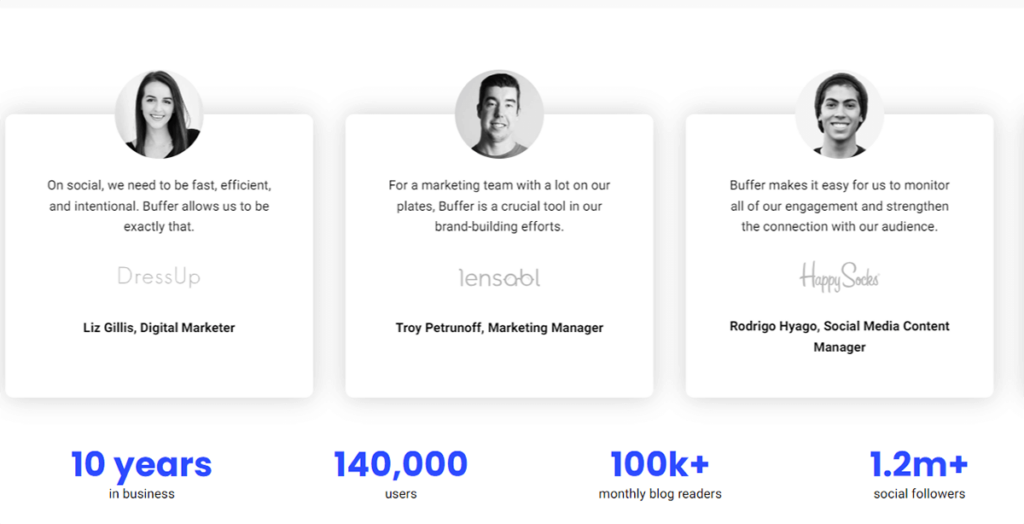
Best practice: Identify the key metrics and data points that are most relevant and meaningful to your audience. These could include customer satisfaction ratings, sales figures, statistics on user growth, etc. You can also use this data to compare your product or service against your competitors or industry benchmarks.
9. Celebrity endorsements
Celebrities have a significant influence on consumer behavior and trends. They also often embody qualities that fans aspire to have or emulate. Their large following and popularity make their endorsements highly visible and impactful. When a celebrity promotes a product, it reaches a wide audience, and their influence can sway the opinions and decisions of their fans and followers.
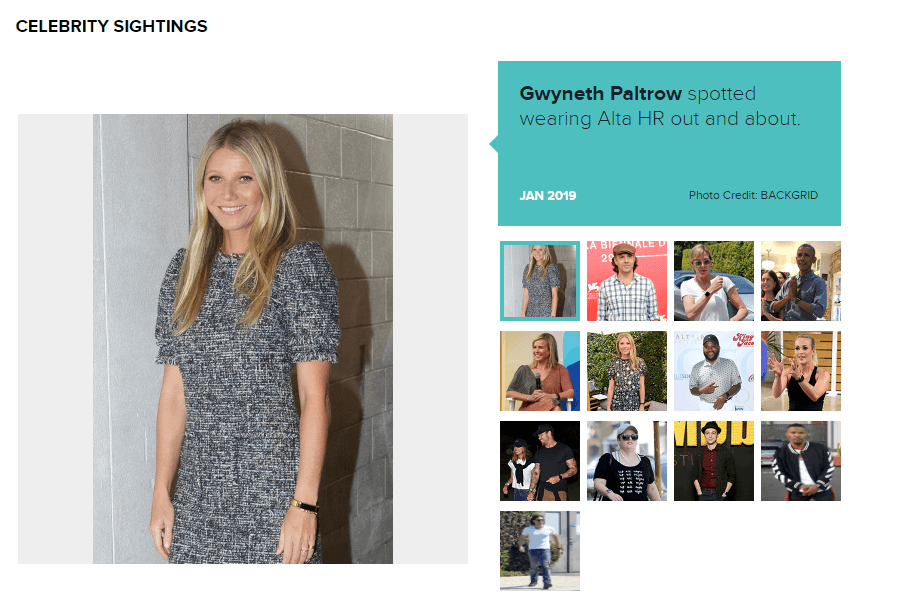
Best practice: Choose celebrities who align with your brand, target audience, and industry. Collaborate on content creation, social media campaigns, or events where the celebrity can actively participate and showcase their personal experience with your brand.
10. “Wisdom of the crowd”
People tend to follow the actions and choices of others, especially when they are uncertain or lack information. “Wisdom of the crowd” capitalizes on this bandwagon effect, where the positive actions or choices of a large group can influence others to join in. When potential customers see that many others have chosen and are satisfied with a product or service, they may feel compelled to follow suit.
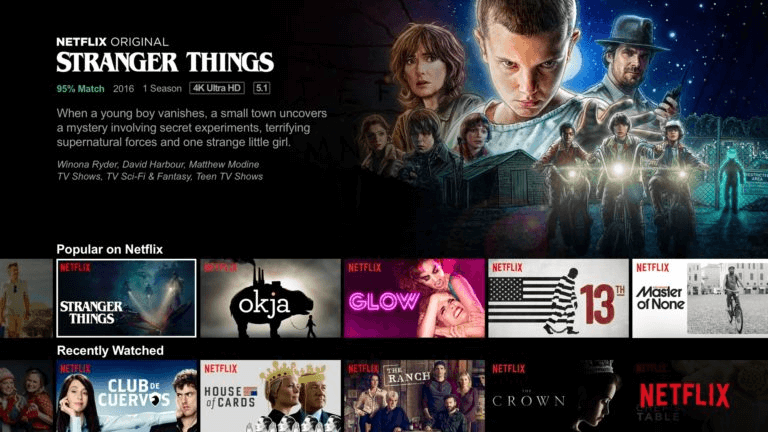
Best practice: Provide easy-to-use platforms or tools for customers to submit reviews. Implement rating systems, such as star ratings or numerical scores, for your products or services. Aggregate these ratings to display an average or overall score. Clearly show the rating or score on relevant pages or alongside product listings. This summary provides a quick snapshot of customer satisfaction and acts as social proof.
11. “Wisdom of your friends”
Most people trust their friends’ and family’s opinion more than any kind of paid advertisement. When our friends recommend or endorse a product or service, we tend to trust their judgment more than a general marketing message. We value their opinions and experiences because we have a pre-existing relationship with them, which makes their recommendations highly influential.
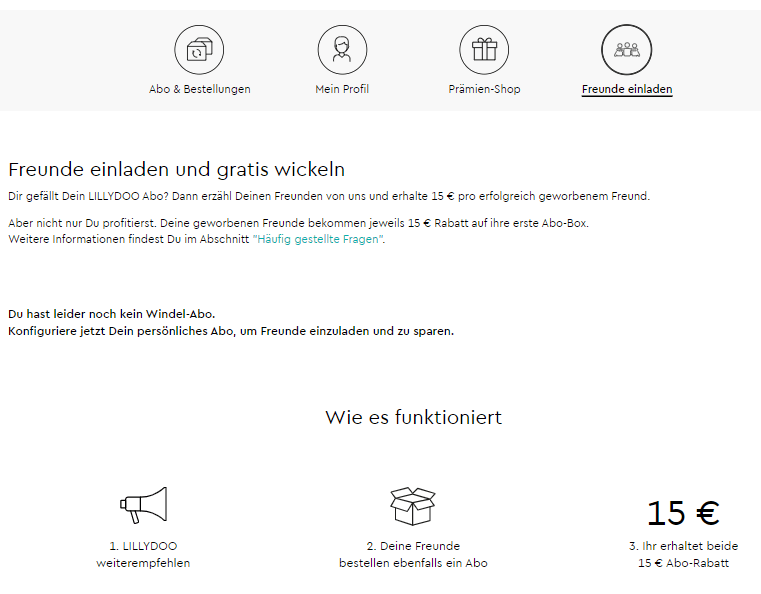
Best practice: Encourage customers to invite like-minded friends and family members to make a purchase in your store. Show how much you value their contribution and let them know they are a key part of your success by rewarding them with special benefits.
12. Show off awards and accolades
In a crowded marketplace, awards and accolades can help a brand stand out from its competitors. By showcasing specific honors and highlighting what sets them apart, the brand can differentiate itself and position its offerings as superior. This differentiation can influence potential customers to choose the brand over its competitors, as they perceive the brand as being recognized for its exceptional qualities or achievements.

Best practice: Displaying your prestigious ranking or accolades in your industry is an effective way to communicate that your business is renowned for its exceptional quality and achievements.
Scalable Marketing That Improves Customer Experience
Overall, social proof is a vital factor in shaping customer loyalty. Companies looking to leverage social proof don’t necessarily have to rely on expensive influencer marketing campaigns. Scalable tactics such as customer reviews, user-generated content and popularity messaging are cost-effective ways to engage new customers and drive customer loyalty.
To stand out from the competition, brands should understand the types of social proof tactics available and map them to customer insights in order to identify what will be most effective in meeting consumer expectations.
Meanwhile if you need assistance in creating a loyalty program that encourages friend referrals and word-of-mouth, our experts are more than happy to discuss your options with you. Just book a demo or include us in your RFP.

Barbara is a Loyalty Program Specialist at Antavo and a Certified Loyalty Marketing Professional - CLMP. She is also a writing expert with several years of experience in marketing and also in the information technology industry. In her free time she likes traveling the world, reading crime stories, and doing crossword puzzles.
